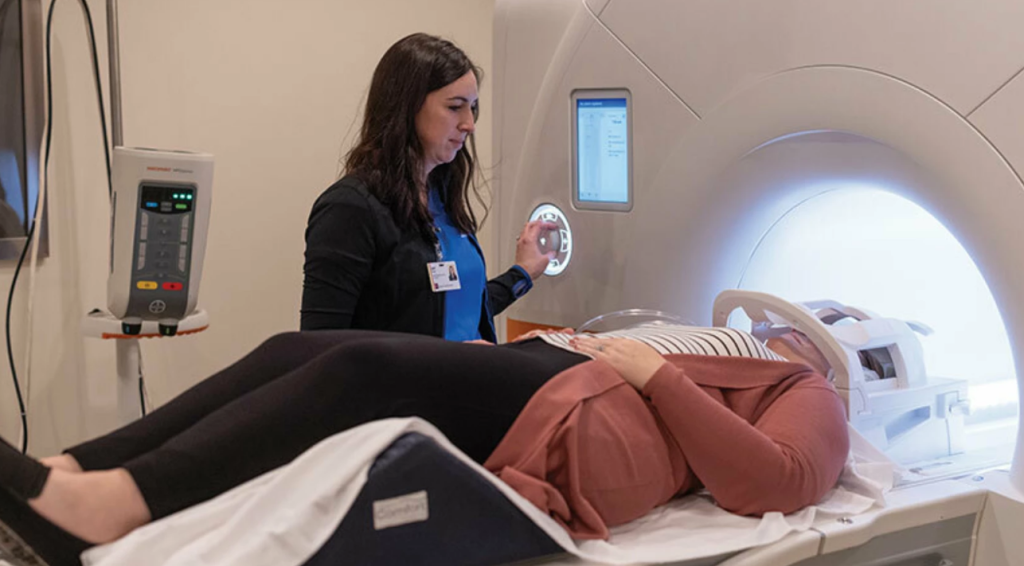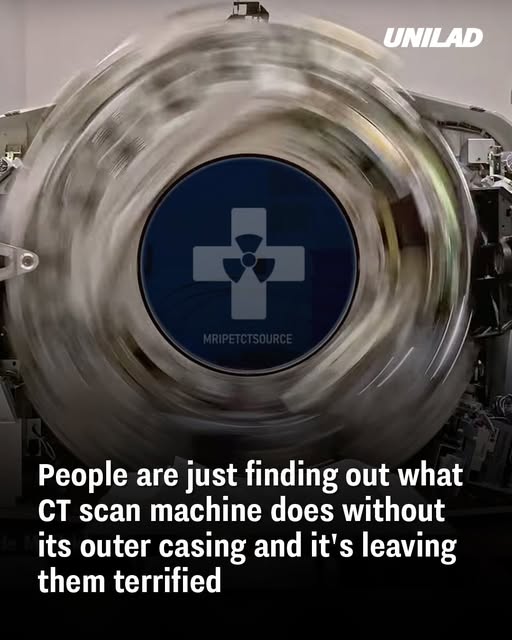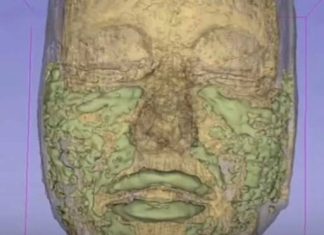Medical imaging technologies like Computed Tomography (CT) scans are integral to modern diagnostics, providing detailed internal views of the human body. Recently, footage revealing the internal mechanics of a CT scanner without its external casing has surfaced, offering a unique perspective on the complex machinery that facilitates these critical procedures.
Understanding CT Scanners
CT scanners utilize X-ray technology to capture cross-sectional images of the body. Unlike traditional X-rays that provide flat images, CT scans compile multiple X-ray measurements taken from different angles to create detailed 3D representations of internal structures. This capability allows for precise identification and assessment of various medical conditions.
The Mechanics Behind the Imaging
At the heart of a CT scanner is the gantry, a large, circular component housing the X-ray tube and detectors. During a scan, the patient lies on a motorized table that moves through the gantry. The X-ray tube emits beams as it rotates around the patient, and detectors capture the attenuated beams after they pass through the body. These data are then processed to construct detailed images of internal organs, bones, and tissues.

Insights from the Exposed Footage
The recently surfaced footage provides an unobstructed view of the CT scanner’s internal operations. With the outer casing removed, viewers can observe the rapid rotation of the X-ray tube and detectors within the gantry. This rotation, which can reach speeds of up to 360 degrees in a fraction of a second, is essential for capturing high-resolution images quickly. The precision and speed of these components highlight the sophisticated engineering required to ensure accurate and efficient imaging.
Safety Measures and Technological Advancements
The design of CT scanners incorporates stringent safety measures to protect both patients and operators. The outer casing serves not only as a protective barrier but also as shielding to contain radiation exposure. Modern CT scanners are equipped with advanced software algorithms that optimize image quality while minimizing radiation doses, adhering to the ALARA (As Low As Reasonably Achievable) principle to enhance patient safety.

The Role of CT Scans in Modern Medicine
CT scans play a pivotal role in diagnosing a wide array of conditions, from detecting tumors and internal injuries to guiding surgical procedures. Their ability to provide quick and detailed images makes them indispensable in emergency settings and routine diagnostics alike. Continuous advancements in CT technology aim to improve image resolution, reduce scan times, and decrease radiation exposure, further enhancing their utility in medical practice.
Conclusion
The exposed footage of a CT scanner’s internal mechanisms offers a fascinating glimpse into the complex engineering behind this vital medical imaging tool. Understanding the intricate operations of CT scanners not only deepens appreciation for the technology but also underscores the importance of ongoing innovations aimed at improving diagnostic accuracy and patient safety. As medical imaging technology continues to evolve, transparency and public awareness of how these machines work can foster greater trust in healthcare systems. Educational insights, like the CT scanner footage, demystify complex procedures and highlight the intersection of engineering and medicine—ultimately emphasizing how innovation continues to enhance patient care worldwide.

















